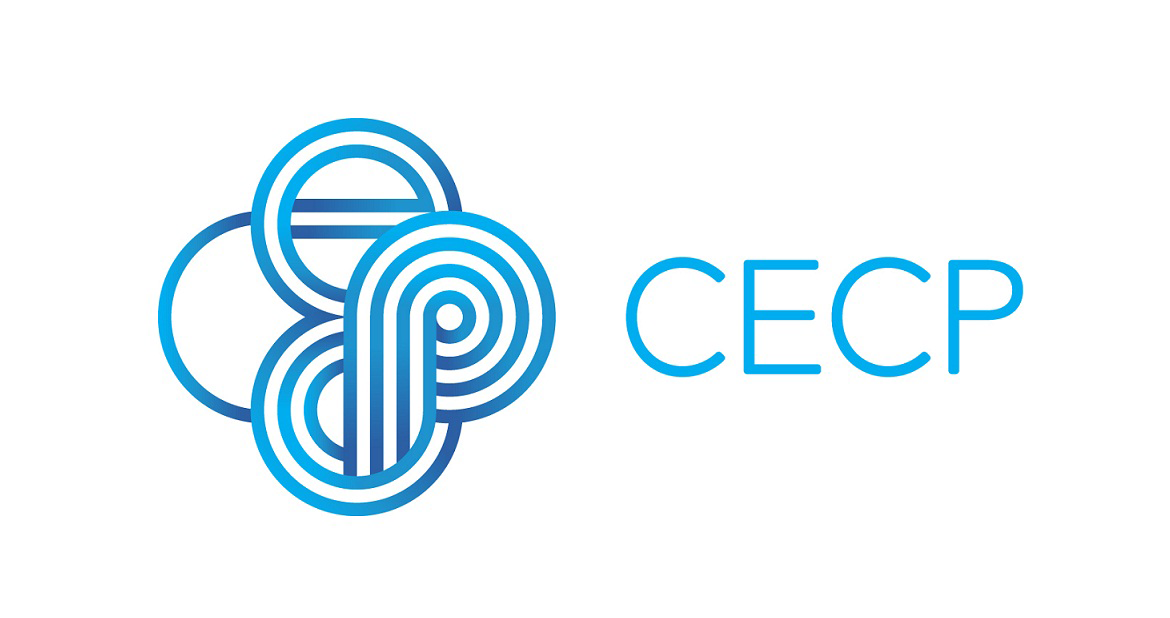Power of Storytelling for Social Change
2013 CECP Summit: Ahead, Together

It is hard to imagine a more visceral and impactful medium for connecting to an audience than film. And if our goal is to bring about social change, what better medium for getting people to step up and take action than a well-made film?
I had the pleasure last week of participating on a panel on the topic of storytelling for social change – particularly around documentary films – at the 2013 CECP Summit. There Joe Brewster told of the 13 years he and his wife spent filming their own son and his best friend as they embarked with great anticipation on the journey of their elementary and high school education – a journey that took them to some darker places and greater challenges than they had ever anticipated for this much loved son of a middle class African American family in New York City. American Promise is deeply moving and delivers tough messages about the role of assumptions and biases in defining the world in which these boys grow up – beyond the ability of their parents to shape and control.
Rashid Shabazz of the Open Society Foundations and Program Officer for Black Male Achievement told of the process by which he and his foundation decided that this film had the potential to move audiences in ways that other, more traditional grants might never reach.
Holly Gordon, Executive Producer of “Girl Rising” told of the evolution of a concept from its birth through the iterative creative process. She talked extensively about the role that Intel, as partner and sponsor, played in supporting the production in ways that exceeded anything that either partner originally anticipated.
This gorgeous and powerful film stands as testament to the impact that a brilliantly conceived and executed film can have. Audiences are building over time with hundreds of thousands more to see the film as it airs on CNN on Fathers’ Day, June 16, and around the world in coming months.
While the panel – under the deft guidance of moderator, Dawn Porter, a filmmaker in her own right and founder of Trilogy Films – was open and honest about the challenges of partnership between filmmaker/artists and funder/corporations, agreement was clear that the process and the product were worth the strains of learning to speak one another’s jargon, march to a different drummer, and bridge the cultural chasms between our experiences.
In our case at Intel, we were not only learning to work with the filmmakers, but were building and managing an internal coalition encompassing Corporate Affairs, HR and Corporate Marketing. While we are very comfortable with the public-private partnership externally, there are subtle differences in working with internal partners! We are all still very much engaged in this partnership, and are all agreed that our significant joint dollar investment has been generously repaid whether measured in employee loyalty and new hire recruitment, in public awareness and accolades, or in making a genuine impact of our goals of improving education access for girls worldwide.
In the case of the filmmakers and the 10X10 action campaign they created, they will tell you about the support beyond cash that was instrumental in helping them reach their goals: marketing expertise, introductions at the World Economic Forum and other global venues, employee volunteers in countries all around the world, and much more.
We all count ourselves willing and ready to share more of the behind-the-scenes (literally!), nitty-gritty experience of our efforts. We encourage more corporate givers to consider film as advocacy and filmmakers as grant recipients, and partnerships internal and external to bring the film to life. The benefits can exceed your most ambitious expectations.
Wendy Hawkins is Executive Director of Intel Foundation.

